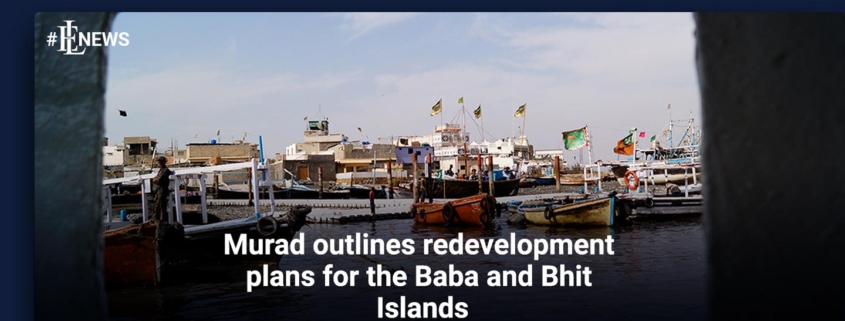The water crisis in Pindi is expected to worsen during the next 48 days
It is expected that the water crisis in Rawalpindi will worsen in the next 48 days, owing to an excessive reduction in water discharge from tube wells as groundwater levels fall in the twin cities and the depletion of water reserves in Khanpur Dam as a result of fewer monsoon rains than in the previous year.
In light of the drop in the level of water reserve in Khanpur Dam from 1,982 feet to 1,938 feet, the Capital Development Authority (CDA) has ordered that agricultural water be diverted promptly from the dam to maintain the provision of drinking water to Rawalpindi and Islamabad.
According to a written letter by CDA to dam officials, water storage has decreased to an alarming level, and a severe drinking water crisis in the Twin Cities is imminent within the next seven weeks if the situation is not rectified.
Moreover, it was stated that, following the 1991 agreement, even under the National Water Policy 2018, must give safe drinking water first consideration. Therefore, an immediate decision is required in light of the current situation to ensure the provision of drinking water to the twin cities. Meanwhile, the Water and Sanitation Agency (WASA), working in conjunction with the CDA, advised cities to urge them to save water consumption and use.
According to WASA Managing Director Raja Shaukat Mahmood, if the water supply is disrupted, a water crisis in Rawalpindi could result. Pirwadhai, Dhok Hasso, Dhok Mangtal, Shamsabad, and Sadiqabad are among the regions that would have significant difficulties due to the scenario.
According to the WASA MD, the groundwater level in most regions has dropped, making it impossible to obtain water from tube wells due to the low groundwater level. Experts underline the need for water conservation in this article. Furthermore, in the cantonment areas of Rawalpindi and Chaklala, the food supply has already decreased by 40 to 50% compared to demand.
The Khanpur Dam provides a daily water supply of 11 million gallons to the Rawalpindi and Chaklala Cantonment Boards. In comparison, tube wells offer a daily supply of five million gallons to the same two cantonments. However, the demand for water from citizens has reached 40 million gallons per day, compared to the daily water supply of 16 million gallons. The water crisis in Pakistan is a serious issue which has to be sorted out as early as possible. The water crisis in Pakistan is a significant issue that needs to be addressed as soon as possible to avoid further deterioration. Therefore, the Water and Sanitation Agency (WASA), in collaboration with the CDA, issued recommendations to cities to encourage them to reduce their water consumption and use.
Because of the constantly increasing need for water, experts believe that the water delivery system from the Khanpur Dam, Rawal Dam, and tube wells in the twin cities has virtually collapsed. Moreover, the system might collapse at any time due to the ever-increasing demand for water. The water crisis in Pakistan is a significant issue that needs to be addressed as soon as possible to avoid further deterioration.
According to the demand for water in the twin cities for the coming year, the only supply option is 200 million gallons per day in the first phase before Ghazi Bharuta. In the second phase, this can expand this supply to 400 MGD per day. Even though proposals to transfer water from Ghazi Bharuta to the twin cities have been under consideration for the better part of 17 years, the project has not progressed beyond the level of meetings.
Read more with EL news : Rawalpindi Development Authority: Construct plazas on vacant property




Leave a Reply
Want to join the discussion?Feel free to contribute!